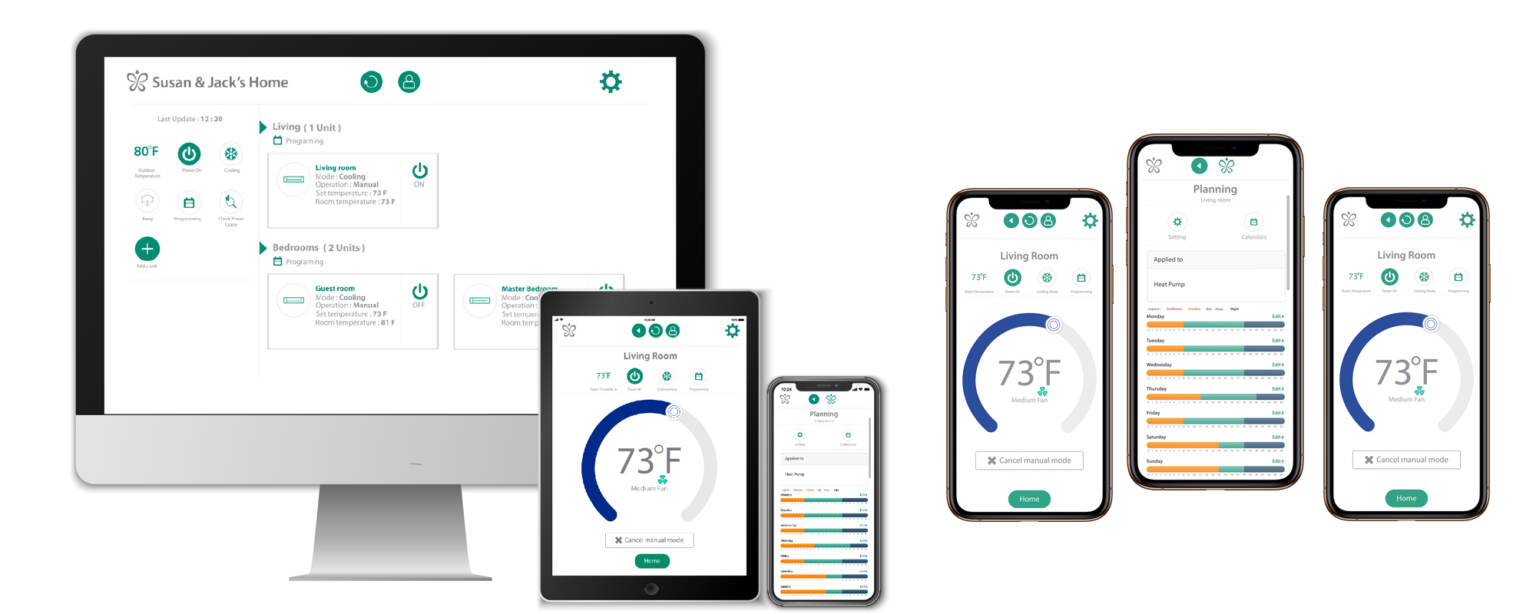Elevate Air Quality and Efficiency with Modern Ventilation Systems
Climate control now means more than heating and cooling—it includes intelligent airflow, humidity management, and air purity. This shift has redefined how buildings breathe, demanding smarter, integrated systems that meet energy standards without sacrificing comfort. Modern architecture requires HVAC designs that adapt quickly to spatial limitations while ensuring healthy interiors. Forward-focused ventilation is emerging as a quiet force behind that progress, enabling designers and developers to exceed environmental goals through seamless, high-functioning, energy-conscious solutions.
Enhanced Air Exchange with ERV Technology
Ventilation technology has undergone a breakthrough, especially with the integration of the ERV system into contemporary HVAC strategies. Energy recovery ventilation allows buildings to maintain indoor air quality by transferring heat and moisture between incoming and outgoing air, reducing energy loss without compromising fresh airflow. This innovation supports cleaner indoor environments while cutting operational costs. Its ability to retain energy and optimize humidity makes it essential for residential, commercial, and mixed-use projects looking to align with health-conscious and sustainability-driven design standards.

Design Flexibility Meets Performance Integrity
Mechanical systems must now coexist with architectural ambition—requiring equipment that adapts to layouts without demanding space. Ventilation units designed with compact footprints, concealed operation, and smart controls offer adaptability without noise or clutter. Advanced units are engineered to be installer-friendly and maintain consistent performance in varied building types. Developers and HVAC professionals benefit from minimal installation impact, faster project turnover, and long-term system dependability—qualities that support both aesthetic and operational excellence across modern builds.
An HVAC Solution That Supports Green Building Goals
The call for reduced emissions and building electrification has sparked greater reliance on energy-efficient systems. A sustainable HVAC solution is no longer a luxury—it’s a requirement for environmentally certified construction. Systems that integrate ERV technology play a critical role by recovering energy, minimizing HVAC loads, and reducing carbon output. Especially in dense urban areas or envelope-tight buildings, this technology ensures airflow complies with rigorous energy codes while enhancing occupant comfort. It empowers engineers and developers to design for the future without sacrificing functional precision.
Smart Integration for Complex Projects
HVAC setup is especially hard for multi-zone structures, heritage restorations, and high-density residential units. With systems like a ductless HVAC solution that incorporates energy recovery and streamlined distribution, architects gain control over climate strategies that meet both local code and design vision. These modular solutions make infrastructure less complicated and provide you with the most options. They fit perfectly into ceiling cavities or mechanical closets. Quiet operation and zoning capabilities enhance user comfort, while centralized controls simplify maintenance and diagnostics for service teams.

Conclusion
Contemporary building strategies demand more than just climate control—they require ventilation that preserves design intent while reducing environmental impact. Through solutions like the ERV system and advanced HVAC solution configurations, the market now has access to systems that perform beautifully in form and function. These innovations support better health, efficiency, and sustainability without external bulk or noise. Explore the possibilities at ephoca.com, where quiet, integrated HVAC technologies are redefining how buildings breathe—from high-performance homes to sophisticated commercial properties.
Comments
Post a Comment